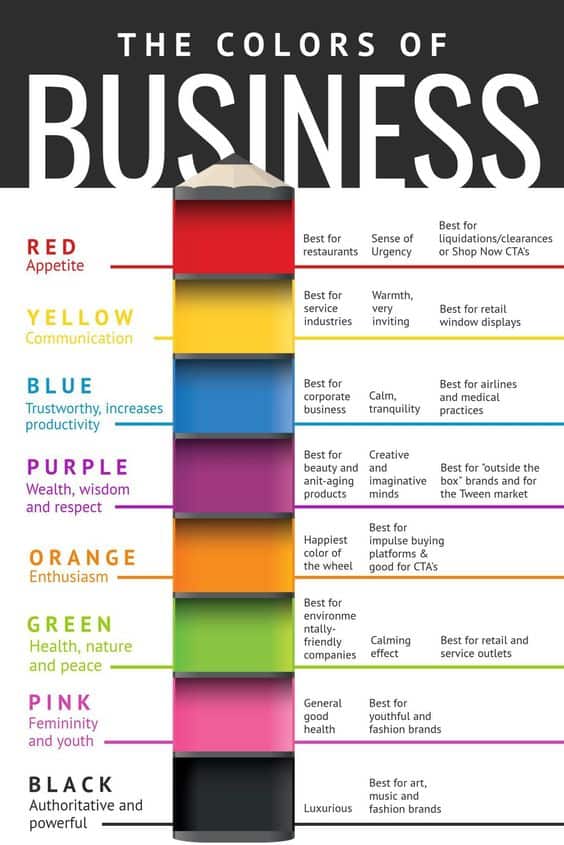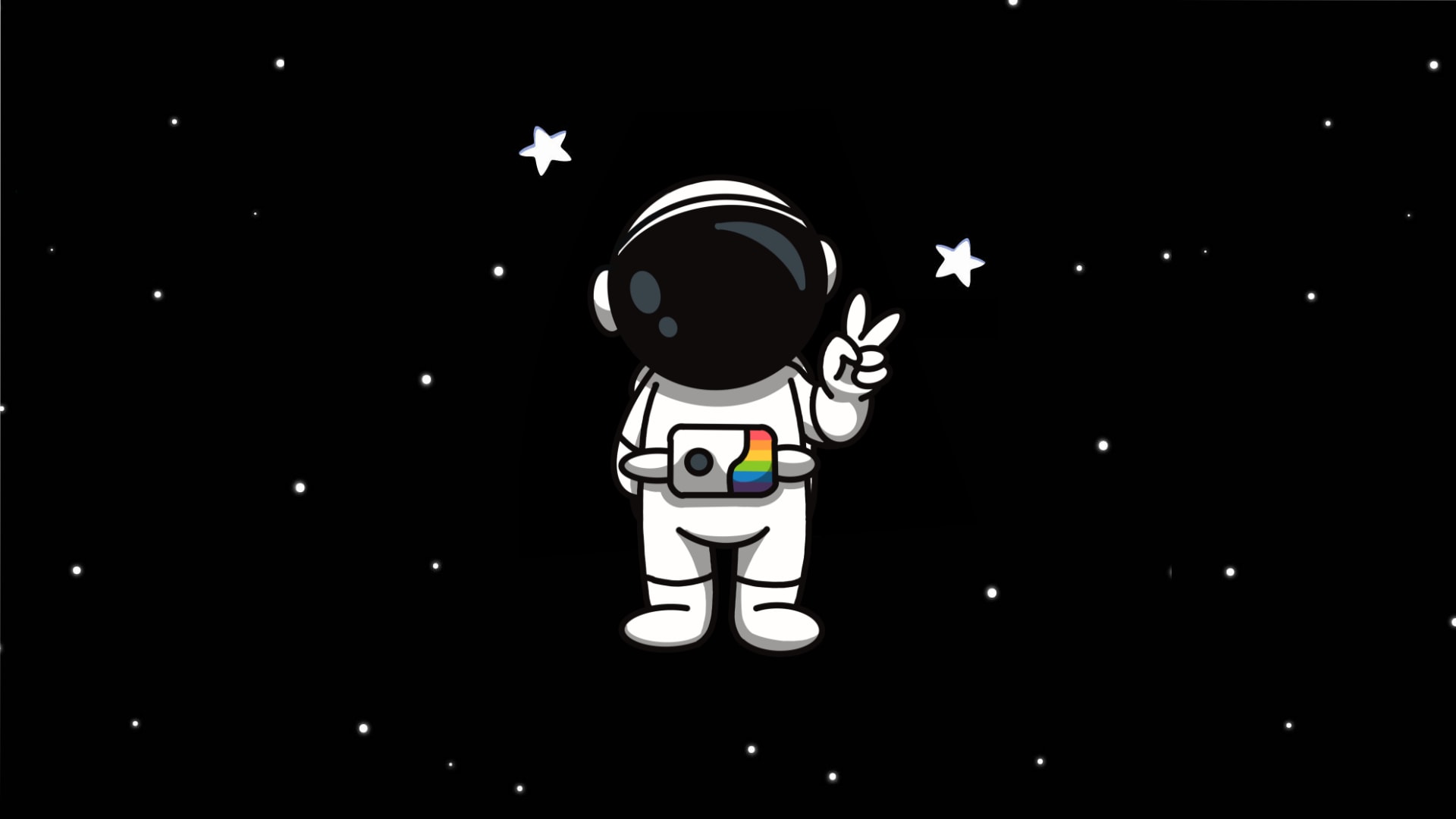Have you ever wondered what makes a brand so attractive? What attributes make buyers remember it? What does a brand do to have an advantage over its competitors? One of the most relevant aspects of marketing is color; this has a significant impact on the image you want to give to your customers. I will provide you with a panoramic view of the psychology of color and how it influences consumers. The proper use of colors can differentiate products from the competition since they affect moods and feelings.
Table of contents
- What is the psychology of color?
- Why is color Important in marketing?
- The meanings of color
- Which colors influence different buyers?
What is the psychology of color?

The psychology of color studies and analyzes how colors are perceived. That is, whichever feelings, sensations, and states of mind are experienced when facing color. For this reason, color is strategically used in marketing, design, and art (mostly in these three areas) to convey the desired message. It is commonly established that colors have a universal meaning; however, we must be careful because personal tastes and experiences or culture come into play here.
Why is color important in marketing?
If you understand the meaning of colors and you use them effectively, you will have positive results. You may have heard that “marketing is the art of persuasion.” Research has shown that 85% of consumers rely first on color to buy a product, and 80% of people believe that color increases brand recognition.
In addition to the above, good use of colors will not only contribute to clients buying your products, but it will also affect people either positively or negatively.
Check out our article Should You Get Business Cards? – Here’s How-To Stand Out to discover one way to market your brand through business cards.
The meanings of color

Carl Jung, a Swiss psychiatrist, stated that “human beings have a universal, intrinsic response to the stimulus of color” and that “colors are the mother tongue of the subconscious.”
Below I present you with an infographic of the meaning of colors. But as I mentioned earlier, there will be aspects that will render its meaning differently. For this reason, we must always keep in mind the audience we want to reach. For example:
- In Holland, blue is associated with femininity. While in Sweden, it represents masculinity.
- Another example is yellow, which is associated with infidelity in France. Still, in the United States and Mexico, it is synonymous with wealth.
A mistake brand managers can make is basing their decisions on past experiences and ignoring the psychology of color. Doing this can result in a bad image, and it can be challenging to repair the error. Of course, it is advisable to know the meaning of colors, but take this as a tip: make focus groups with people who are part of your target audience. Their point of view is priceless, and this can result in great insights into this topic.
Check out the Louise Myers Visual Social Media site, where you can review other infographics that will be useful to you, such as complementary and contrasting colors.
Which colors influence different buyers?

We have already learned the importance of color and its impact on marketing our brand. Now, let’s jump into the three types of buyers and how specific colors attract them.
- Impulsive buyers: Colors like red, black, and orange attract them. For this reason, they are widely used in stores or fast food products, as well as in shopping centers during sales seasons. Black Friday follows this pattern.
- Cautious buyers: These are characterized by prioritizing savings. Colors such as blue or teal are good choices. Banks usually implement them, for example.
- Traditional buyers: They are difficult to influence, and they try to buy only essentials, keeping in mind low prices. Fuchsia or pink may influence these types of buyers.




